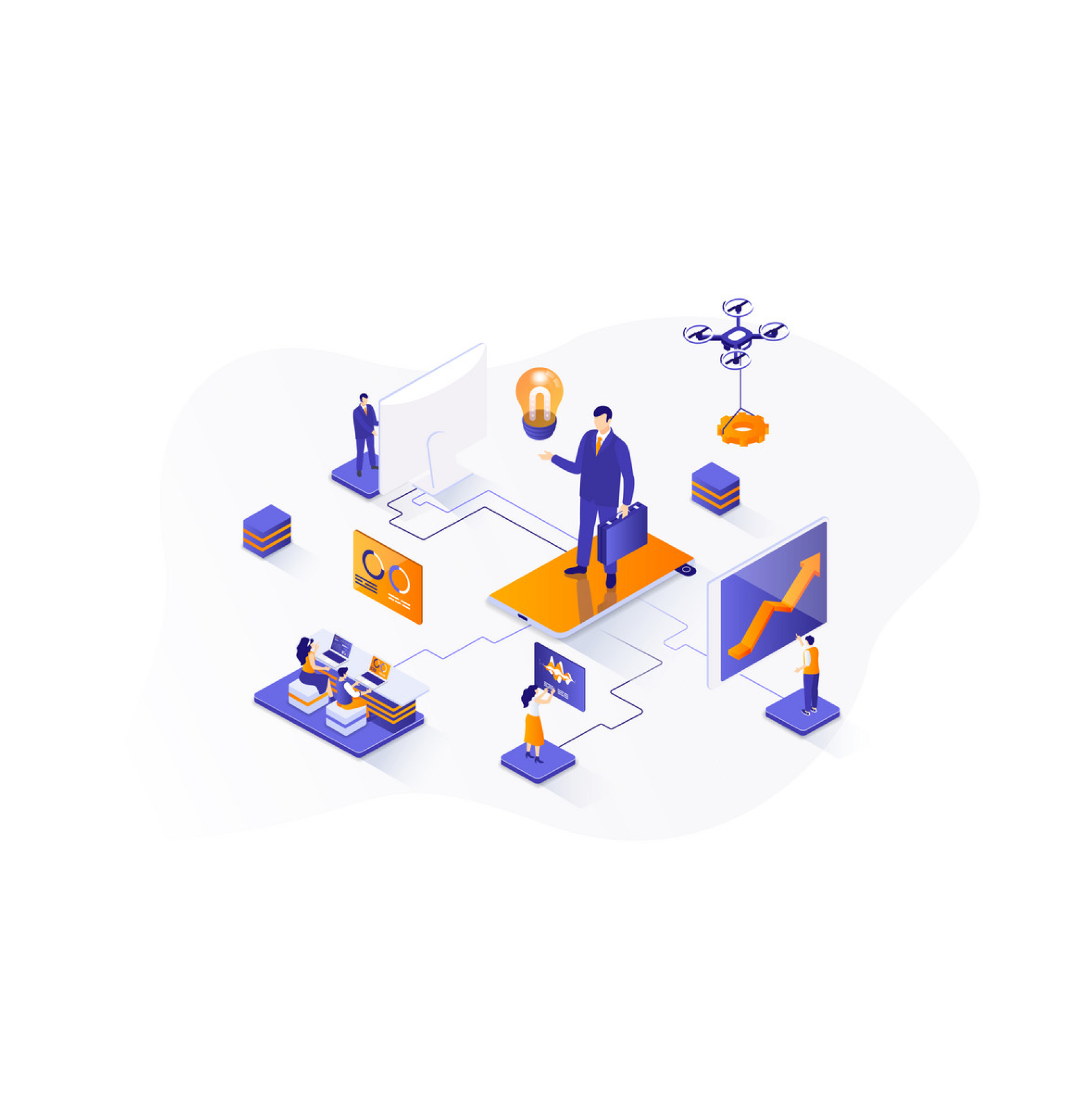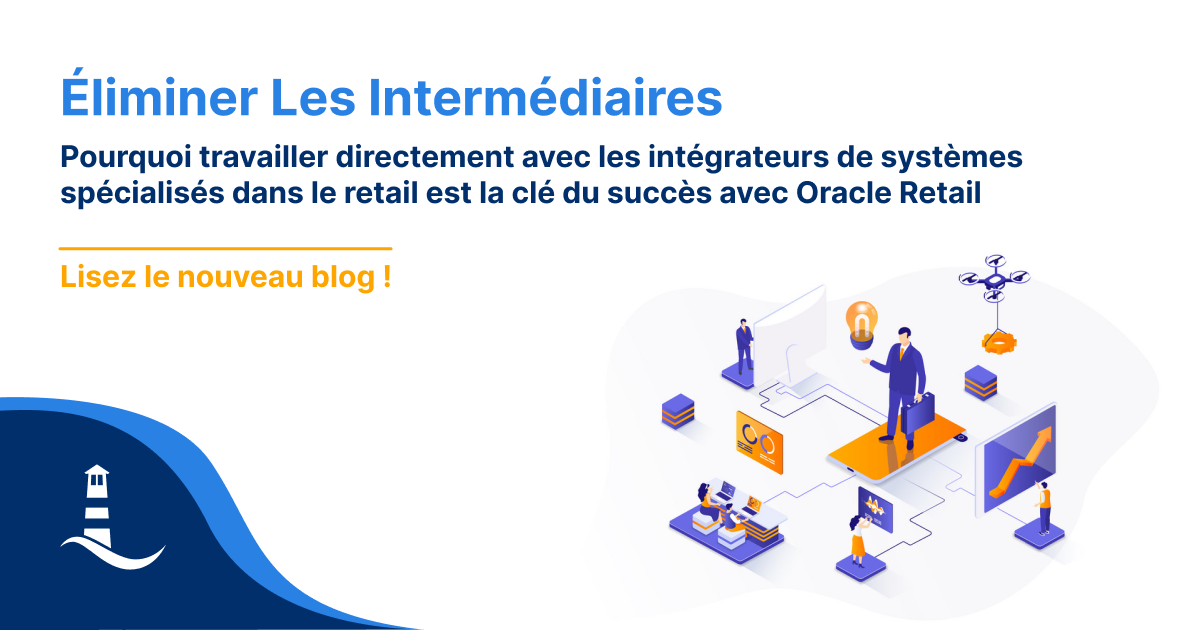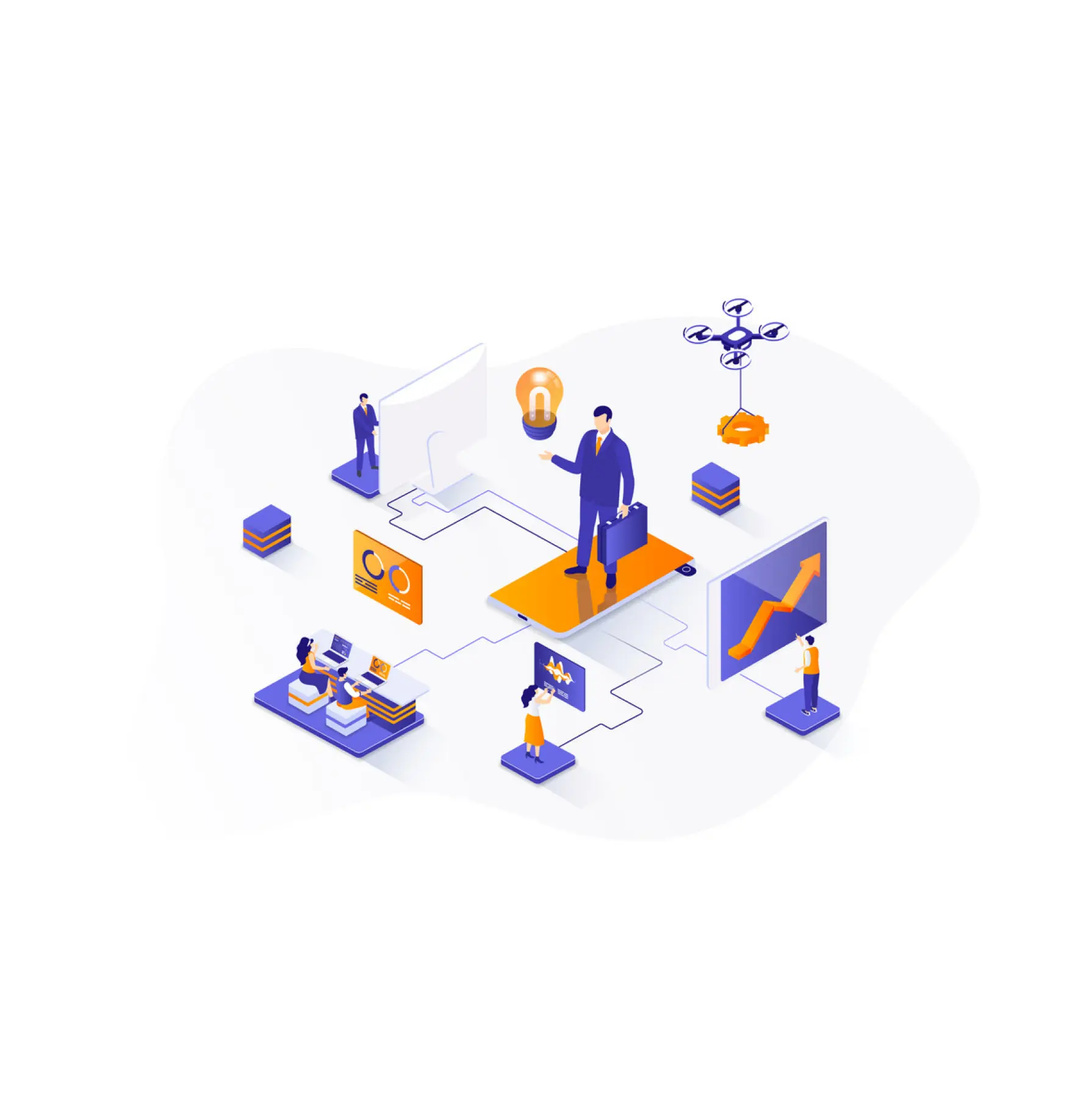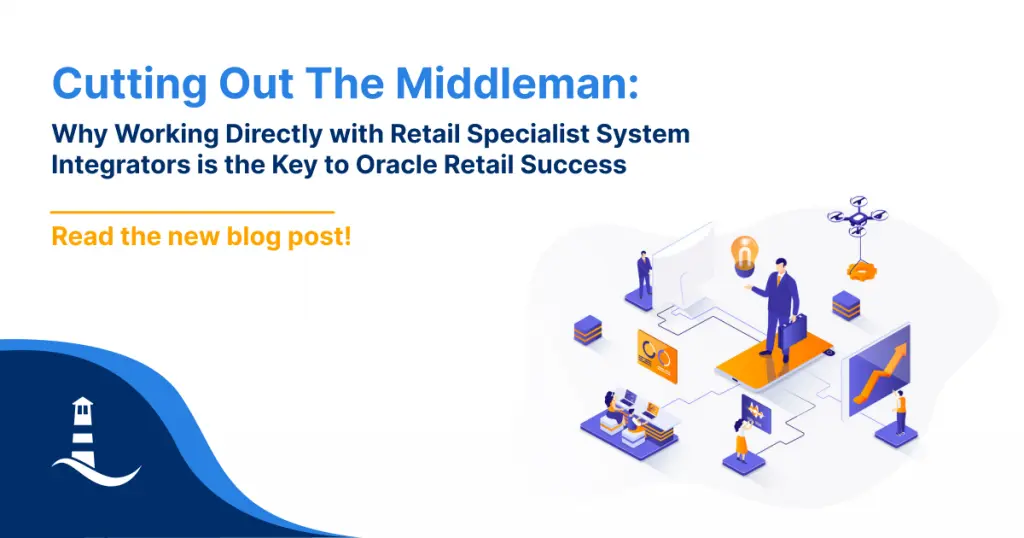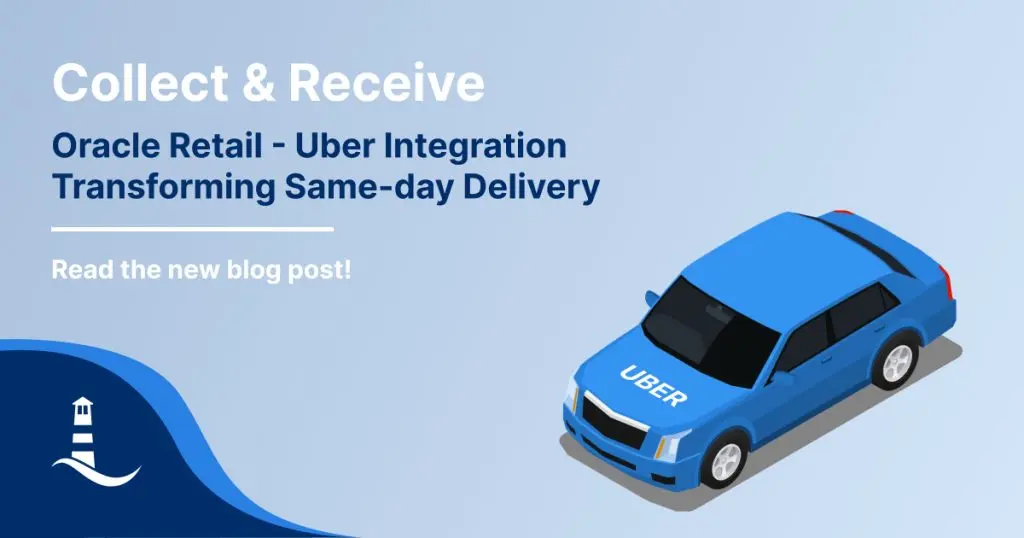Complexity of retail business has been growing in an accelerating fashion over time and is posing a growing challenge for retailers to manage. Consequently, solutions supporting increasingly complex capabilities and processes for retailers are in turn getting bigger, more complex, and more integrated than in the past. Although supporting technology and integration has matured significantly over years of evolution in IT solutions, maintaining such systems has also become more complex, requiring extensive training, expert knowledge and experience from individuals, teams and providers becoming specialized in offering such services.
Retailers are implementing complex solutions to support capabilities their customers expect and take for granted. With the implementation and integration of such solutions comes not only the task of managing change, designing and building integration and converting data as needed but also the task of maintaining and supporting the implemented solution after go live.
Such support, depending on specifics of the implementation itself, can be low or high effort activity, requiring little or high investment from the retailer. Important questions such as whether implemented solutions are to be supported internally or with the services of an external provider or both in a combination are all choices that must be made with a view on all aspects of the business in operation.
The cost side of maintaining a solution can be calculated in both the case of an internal team or when using an external provider or both relatively easily. Sizing the services is a bigger challenge. Ideally, during the preparation for go live during the implementation project there are already visible and usable metrics on system stability, problem frequency and average complexity/severity which should help in gaining an insight into what will follow in production after go-live. This preparation phase incident count and characteristic can then be used as an estimate for post go-live support needs.
During the natural life-cycle of support incident count, there is a decreasing effort of maintenance observed over time as the supported solution(s) stabilize and become mature in the organization from a user adoption maturity perspective. This means that effort for providing support decreases over time – an important factor to consider when sizing such services for the longer run.
The benefit of a good support services can be measured and used for justification of cost in terms of the damage that occurs when support services are missing or are inadequate in coverage scope or quality. Measuring damage cost impact of a system outage is relatively straight-forward, in retail it is typically the direct loss of trading business revenue for a period of time as a worst-case scenario. Other more complex loss scenarios are calculated based on consequential effects of solution performance loss such as lawsuits from data leaks due to a security issue and consequential damages to the retailer’s brand and image.
With both the cost and potential loss figures calculated, a well-supported and justified decision can be made on what services to secure and in what configuration and cost to secure business continuity security.
Key learnings when acquiring a retail IT solution management service are:
- Have an in-house team: bring at least some of the know-how and service capabilities in house to avoid dependence on external vendors, secure the ability to evaluate and measure competence and quality of ongoing services of external providers and securing continuity in case providers are switched.
- Rely on automated tools to monitor and alert on solution health and availability. Such tools have a cost to implement but are low cost to upkeep and give a second line of systematic 24×7 defense against solution problems going undetected.
- Outsource part of the support and maintenance services and monitoring activity to a specialized provider to get best of breed expertise and services at a competitive cost:
- Because they share expertise with internal team and have competence and experience that is attained over multiple support engagements and over a longer period of time than internal team.
- Because external teams can be scaled up and down quickly and flexibly when solution stabilization occurs or when changes are made and a new stabilization period begins with an initial high count of issues.
- Regularly measure both in house team and service provider on pre-shared KPIs and share commitment with SLA schedule to tie both internal and external provider to ensuring high quality of services and consequently a high ROI for the cost of securing such services.
- Structure KPIs to measure both service continuity on the technical level and also business performance support.
- Share roadmap and plans with both internal and external providers to ensure all teams can prepare in advance of changes coming.
By Bassem KHALIL


